[kl-bogel] Afghanistan sebelum taliban sekitar thn 50an dan 60an (24 photos)
I propose to look at what Afghanistan was in 50th - 60th gody.Mnogie probably thought that now would be photos of a wild, backward, medieval country with even worse living conditions than now? Not at all.

During his visit to Afghanistan, British Defense Minister Layyam Fox called for a wave of criticism, calling the country "a broken country of the 13th century." But the conviction was not the main thing is that he is wrong and that he was too straightforward. His is hardly the first inhabitant of the West, who called the medieval Afghanistan. Many believe so and Afghanistan country without a government in which chaos is literally cut into the rocks and hills. And looking at videos and photos from Afghanistan, it sometimes seems that the country really has not got out of the Middle Ages.
However, Afghanistan was not always so. When a woman here to make a career in medicine, went to the movies and the universities of Kabul. Factories in the suburbs made cloth and other goods. There was a law and order, and the government could implement large infrastructure projects, such as the construction of hydroelectric plants and roads, though not without outside help. Do ordinary people had hope for the future, that education will open new opportunities. All this was destroyed by thirty years of war.
1. Campus of the University of Kabul has changed little since then. People have changed. In the 50 yhi 60's students preferred the Western style of dress, and the young people of both sexes interacted with relative ease. (MOHAMMAD QAYOUMI)
2. Today, women face mask and a large part of his body, even in the capital. After just a half-century men and women live in different worlds. (MOHAMMAD QAYOUMI)
3. In the 50th and 60th years of women to build careers in fields such as medicine. Today the school, providing education for women, are targeted by constant attacks. (MOHAMMAD QAYOUMI)
4. Previously, education was highly prized. If you went to school and get good grades, you have a chance to pursue higher education, perhaps even study abroad, to become part of the middle class. Today, people have become more cynical. They see no connection between education and a better life. Instead, they see that those who have attained power and wealth, have achieved this by illegal means. (MOHAMMAD QAYOUMI)
5. This incubator in a hospital in Kabul, 60's is very different from those that can be found now. Now, two premature infants are in the same incubator, but in the hospital does not have the equipment. (MOHAMMAD QAYOUMI)
6. In the 1960s, almost half of Afghanistan's population has access to health care, now that access has only a few. Today, hospitals are overcrowded, and one in four children do not reach their fifth birthday. (MOHAMMAD QAYOUMI)
7. Research Center for vaccine production in Kabul in the 1960s. Today, medical services are limited by several factors, including lack of electricity. Less than 20% of Afghans have access to electricity, many homes are covered by oil lamps, and heat-fighting weak fans. (MOHAMMAD QAYOUMI)
8. Once the central government of Afghanistan has carried out various development programs of rural life, including the one shown in this photo: nurses sent by jeep to remote villages to treat people from diseases such as cholera. It's only because of security problems is impossible. To government health workers are often attacked by a group of militants who want to create unrest and terror in society. (MOHAMMAD QAYOUMI)
9. Once in Afghanistan were fighting and Girl Scouts. In the 1950s and 1960s, such organizations were popular in the U.S., boys and girls in primary and secondary school learning about nature, camping, and public safety. (MOHAMMAD QAYOUMI)
10. In this theater when it was possible to see a Hollywood movie. (MOHAMMAD QAYOUMI)
11. On this playground has always been a lot of children and mothers. In the urban parks can be found only men, and children to drive here is not safe. (MOHAMMAD QAYOUMI)
12. Light and medium industries, as this plant on the outskirts of Kabul, once served great hope for the Afghan economy. But now, as you can work without electricity? Now in Afghanistan is only a small workshops, the largest export Afghanistan's opium is now. (MOHAMMAD QAYOUMI)
13. With the help of Germany's Afghanistan build its first major hydroelectric power plant (pictured) in the early '50s. At that time it was a work of art. Now she still works, but, unfortunately, over the past eight years, the Afghan government did not build any power stations. The only major government project completed is the expansion of the transport line to Uzbekistan. (MOHAMMAD QAYOUMI)
14. Previously the company had been in Afghanistan, light and medium industries, such as this garment factory in the photo. Then there was a sense that Afghanistan has a bright future - its economy was booming. Then most of the cotton processed in such a plant, cultivated by hand. But 30 years of war destroyed the industry and supply chain. (MOHAMMAD QAYOUMI)
15. Compared with the 50-and 60-ymi ymi years fewer women now work outside the home, and they look much more conservative than what you see in this picture. (MOHAMMAD QAYOUMI)
16. On the radio in the 60's you could hear the world and local news, music programs, jokes, political debates and even children's programs. Radio Kabul (whose old offices you see in this photo) was launched in the 1930s. (MOHAMMAD QAYOUMI)
17. In today's Afghanistan, many private radio stations, satellite and television programs. This is a real outlet. However, access to radio and television is dependent on electricity and, hence, their audience is limited. Only a few families have generators, you can use to gain access to electricity. (MOHAMMAD QAYOUMI)
18. During the annual Independence Day of Afghanistan Kabul for nine days, the lights lit up at night in late August - early September in the 60's. Now at night in dark. Even driving on the night in the car scary. The streets are almost no lights, the streets are empty, the night life can not be considered. (MOHAMMAD QAYOUMI)
19. Boutiques used to be commonplace for Kabul. (MOHAMMAD QAYOUMI)
20. As well as music stores that brought the Afghan teenagers rhythms and energy of the music of the Western world. (MOHAMMAD QAYOUMI)
21. Today, furniture stores, like this one - a real rarity. Most of our furniture is made outside of Afghanistan, and only a small percentage of Afghans have nice furniture in their homes. (MOHAMMAD QAYOUMI)
22. Now in Kabul remains an fruit markets. (MOHAMMAD QAYOUMI)
23. The level of education administration in Kabul is now much lower than 50 years ago when it was made this picture. Then, most officials were masters degrees or doctorates. The Western style of dress was the norm. Today, meeting the government in Kabul are among men with long beards, in turbans and traditional dress. (MOHAMMAD QAYOUMI)
24. The once strong and active defense forces of Afghanistan are now history. After Soviet troops withdrew from Afghanistan, Pakistan has destroyed the armed forces. Since the civil war of the 1990s, the constant pressure from the Taliban and U.S. intervention, the local security forces is very difficult to organize, even considering that security remains a major concern in the country. (MOHAMMAD QAYOUMI) --
You received this message because you are subscribed to the Google Groups "kl-bogel" group.
To post to this group, send email to kl-bogel@googlegroups.com
To subscribe or unsubscribe at http://groups.google.com.my/group/kl-bogel/subscribe
For more options, visit this group at http://groups.google.com/group/kl-bogel?hl=en
Sebarang email pertanyaan, hantar kepada abangmod@gmail.com

During his visit to Afghanistan, British Defense Minister Layyam Fox called for a wave of criticism, calling the country "a broken country of the 13th century." But the conviction was not the main thing is that he is wrong and that he was too straightforward. His is hardly the first inhabitant of the West, who called the medieval Afghanistan. Many believe so and Afghanistan country without a government in which chaos is literally cut into the rocks and hills. And looking at videos and photos from Afghanistan, it sometimes seems that the country really has not got out of the Middle Ages.
However, Afghanistan was not always so. When a woman here to make a career in medicine, went to the movies and the universities of Kabul. Factories in the suburbs made cloth and other goods. There was a law and order, and the government could implement large infrastructure projects, such as the construction of hydroelectric plants and roads, though not without outside help. Do ordinary people had hope for the future, that education will open new opportunities. All this was destroyed by thirty years of war.
1. Campus of the University of Kabul has changed little since then. People have changed. In the 50 yhi 60's students preferred the Western style of dress, and the young people of both sexes interacted with relative ease. (MOHAMMAD QAYOUMI)
2. Today, women face mask and a large part of his body, even in the capital. After just a half-century men and women live in different worlds. (MOHAMMAD QAYOUMI)
3. In the 50th and 60th years of women to build careers in fields such as medicine. Today the school, providing education for women, are targeted by constant attacks. (MOHAMMAD QAYOUMI)
4. Previously, education was highly prized. If you went to school and get good grades, you have a chance to pursue higher education, perhaps even study abroad, to become part of the middle class. Today, people have become more cynical. They see no connection between education and a better life. Instead, they see that those who have attained power and wealth, have achieved this by illegal means. (MOHAMMAD QAYOUMI)
5. This incubator in a hospital in Kabul, 60's is very different from those that can be found now. Now, two premature infants are in the same incubator, but in the hospital does not have the equipment. (MOHAMMAD QAYOUMI)
6. In the 1960s, almost half of Afghanistan's population has access to health care, now that access has only a few. Today, hospitals are overcrowded, and one in four children do not reach their fifth birthday. (MOHAMMAD QAYOUMI)
7. Research Center for vaccine production in Kabul in the 1960s. Today, medical services are limited by several factors, including lack of electricity. Less than 20% of Afghans have access to electricity, many homes are covered by oil lamps, and heat-fighting weak fans. (MOHAMMAD QAYOUMI)
8. Once the central government of Afghanistan has carried out various development programs of rural life, including the one shown in this photo: nurses sent by jeep to remote villages to treat people from diseases such as cholera. It's only because of security problems is impossible. To government health workers are often attacked by a group of militants who want to create unrest and terror in society. (MOHAMMAD QAYOUMI)
9. Once in Afghanistan were fighting and Girl Scouts. In the 1950s and 1960s, such organizations were popular in the U.S., boys and girls in primary and secondary school learning about nature, camping, and public safety. (MOHAMMAD QAYOUMI)
10. In this theater when it was possible to see a Hollywood movie. (MOHAMMAD QAYOUMI)
11. On this playground has always been a lot of children and mothers. In the urban parks can be found only men, and children to drive here is not safe. (MOHAMMAD QAYOUMI)
12. Light and medium industries, as this plant on the outskirts of Kabul, once served great hope for the Afghan economy. But now, as you can work without electricity? Now in Afghanistan is only a small workshops, the largest export Afghanistan's opium is now. (MOHAMMAD QAYOUMI)
13. With the help of Germany's Afghanistan build its first major hydroelectric power plant (pictured) in the early '50s. At that time it was a work of art. Now she still works, but, unfortunately, over the past eight years, the Afghan government did not build any power stations. The only major government project completed is the expansion of the transport line to Uzbekistan. (MOHAMMAD QAYOUMI)
14. Previously the company had been in Afghanistan, light and medium industries, such as this garment factory in the photo. Then there was a sense that Afghanistan has a bright future - its economy was booming. Then most of the cotton processed in such a plant, cultivated by hand. But 30 years of war destroyed the industry and supply chain. (MOHAMMAD QAYOUMI)
15. Compared with the 50-and 60-ymi ymi years fewer women now work outside the home, and they look much more conservative than what you see in this picture. (MOHAMMAD QAYOUMI)
16. On the radio in the 60's you could hear the world and local news, music programs, jokes, political debates and even children's programs. Radio Kabul (whose old offices you see in this photo) was launched in the 1930s. (MOHAMMAD QAYOUMI)
17. In today's Afghanistan, many private radio stations, satellite and television programs. This is a real outlet. However, access to radio and television is dependent on electricity and, hence, their audience is limited. Only a few families have generators, you can use to gain access to electricity. (MOHAMMAD QAYOUMI)
18. During the annual Independence Day of Afghanistan Kabul for nine days, the lights lit up at night in late August - early September in the 60's. Now at night in dark. Even driving on the night in the car scary. The streets are almost no lights, the streets are empty, the night life can not be considered. (MOHAMMAD QAYOUMI)
19. Boutiques used to be commonplace for Kabul. (MOHAMMAD QAYOUMI)
20. As well as music stores that brought the Afghan teenagers rhythms and energy of the music of the Western world. (MOHAMMAD QAYOUMI)
21. Today, furniture stores, like this one - a real rarity. Most of our furniture is made outside of Afghanistan, and only a small percentage of Afghans have nice furniture in their homes. (MOHAMMAD QAYOUMI)
22. Now in Kabul remains an fruit markets. (MOHAMMAD QAYOUMI)
23. The level of education administration in Kabul is now much lower than 50 years ago when it was made this picture. Then, most officials were masters degrees or doctorates. The Western style of dress was the norm. Today, meeting the government in Kabul are among men with long beards, in turbans and traditional dress. (MOHAMMAD QAYOUMI)
24. The once strong and active defense forces of Afghanistan are now history. After Soviet troops withdrew from Afghanistan, Pakistan has destroyed the armed forces. Since the civil war of the 1990s, the constant pressure from the Taliban and U.S. intervention, the local security forces is very difficult to organize, even considering that security remains a major concern in the country. (MOHAMMAD QAYOUMI) --
You received this message because you are subscribed to the Google Groups "kl-bogel" group.
To post to this group, send email to kl-bogel@googlegroups.com
To subscribe or unsubscribe at http://groups.google.com.my/group/kl-bogel/subscribe
For more options, visit this group at http://groups.google.com/group/kl-bogel?hl=en
Sebarang email pertanyaan, hantar kepada abangmod@gmail.com
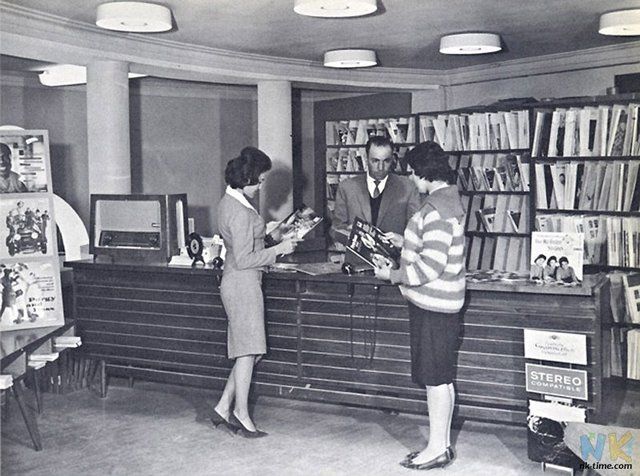
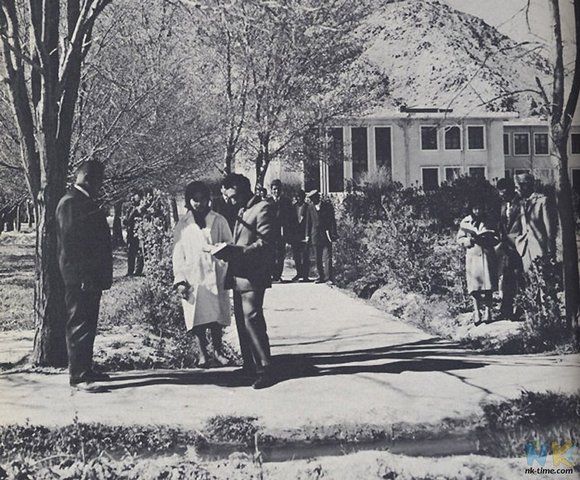
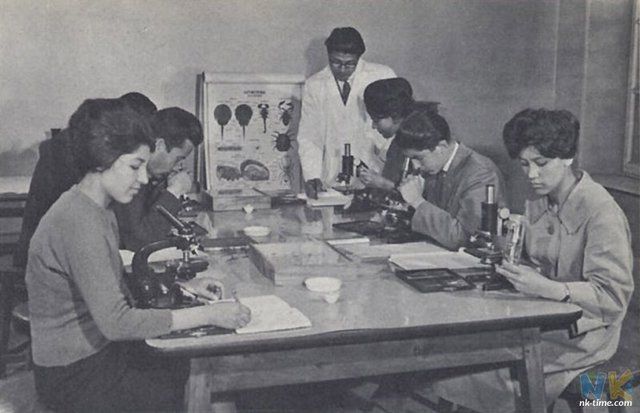
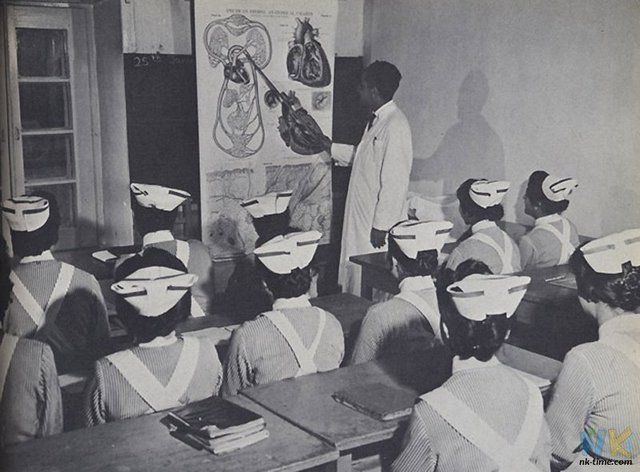
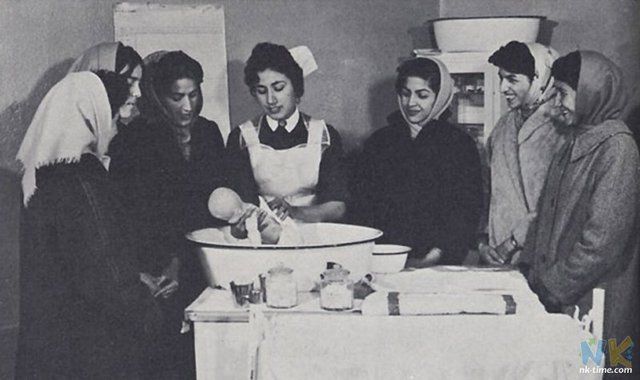
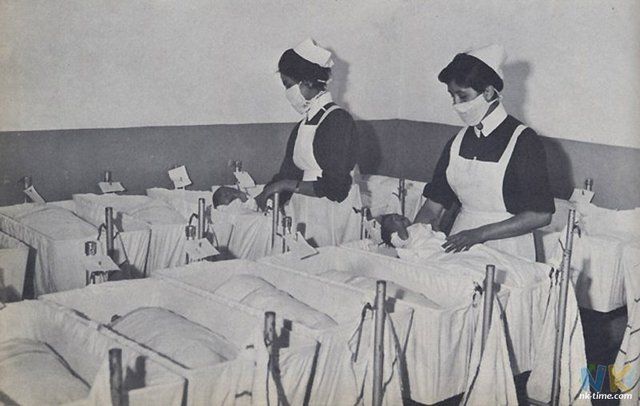
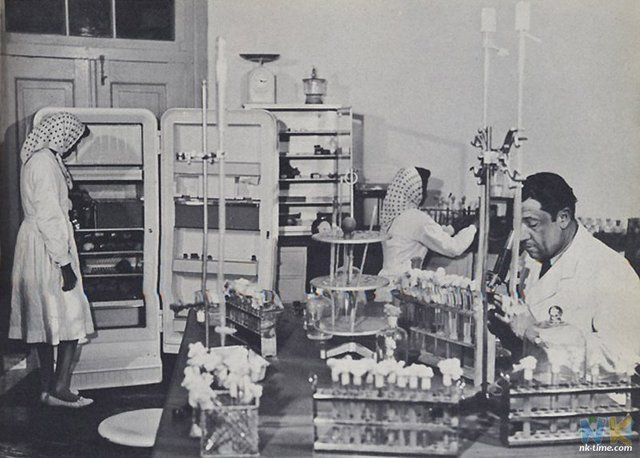
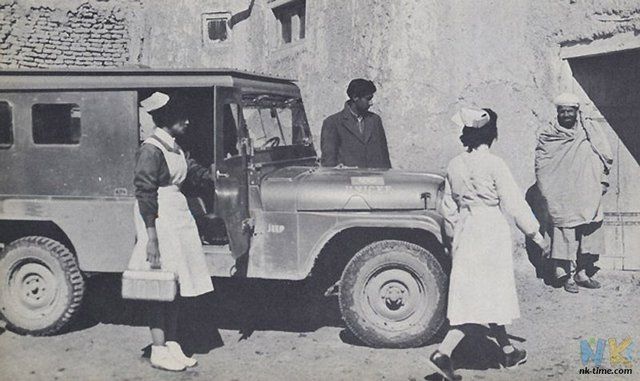
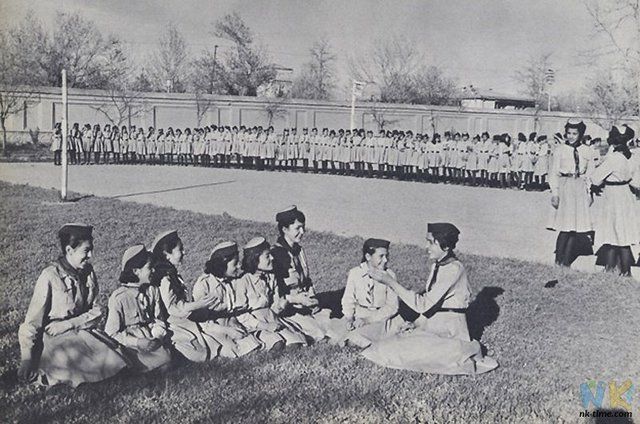
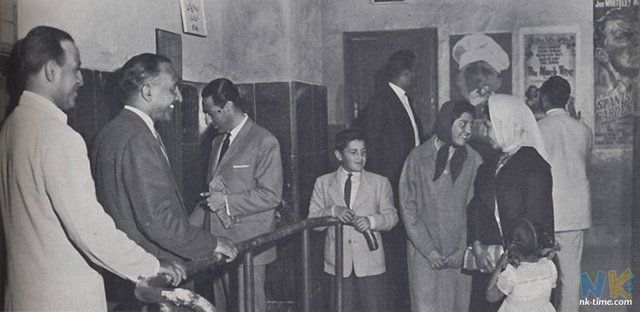
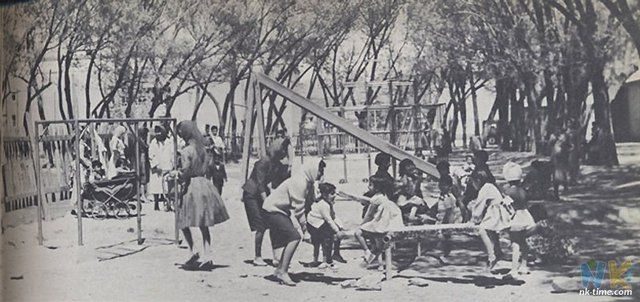
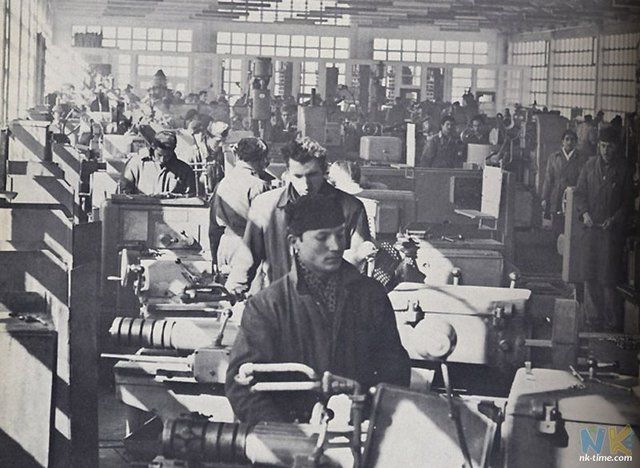

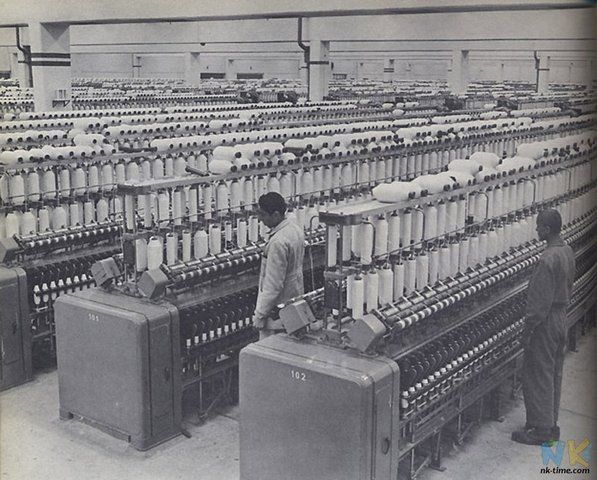


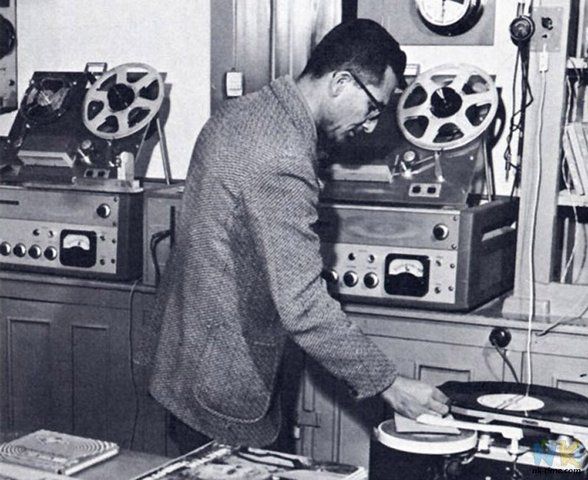
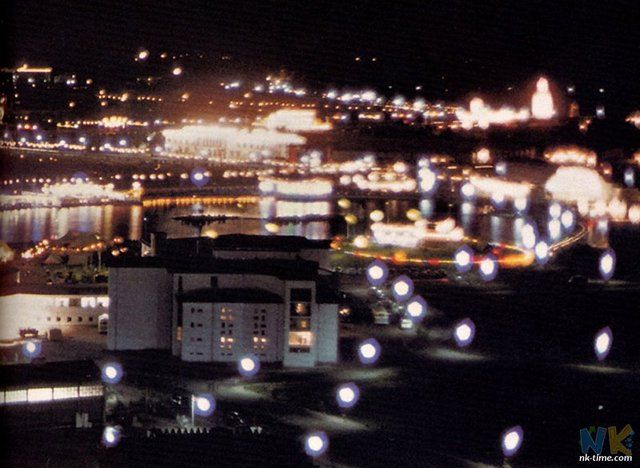
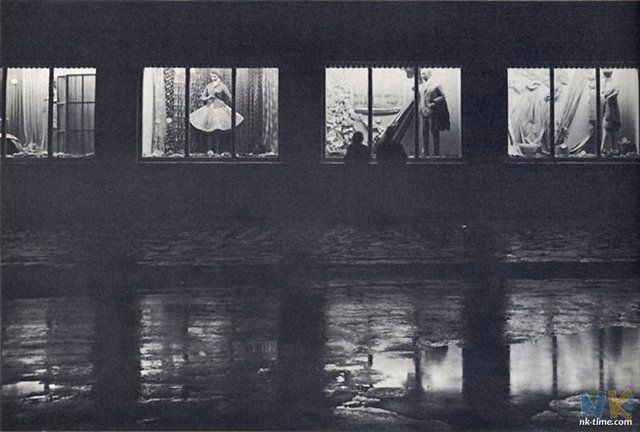

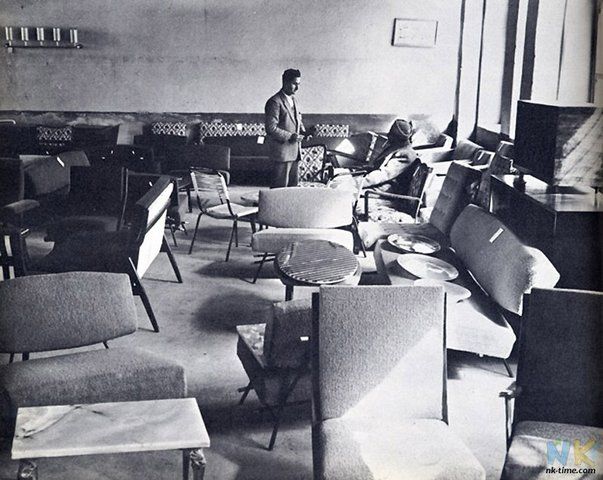
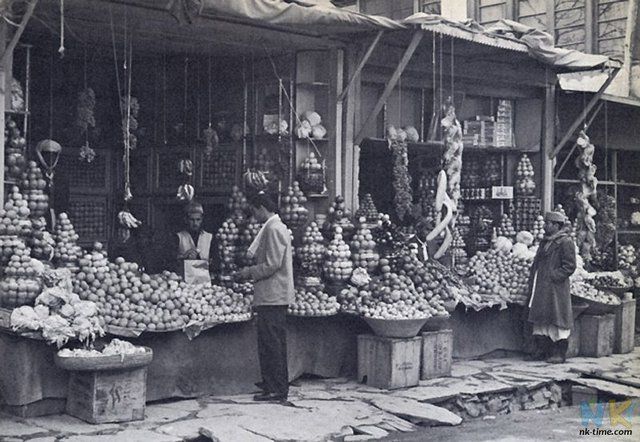
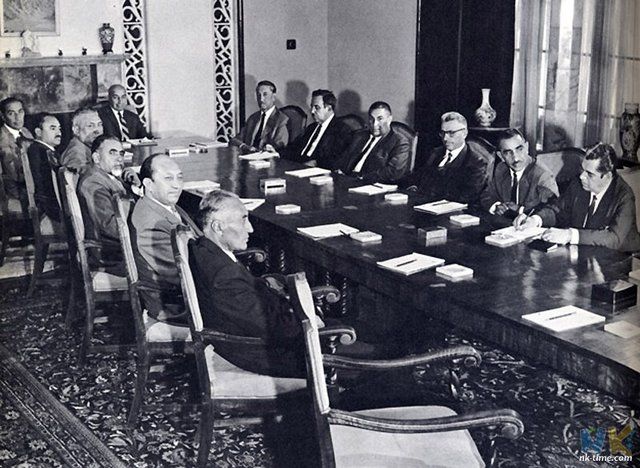
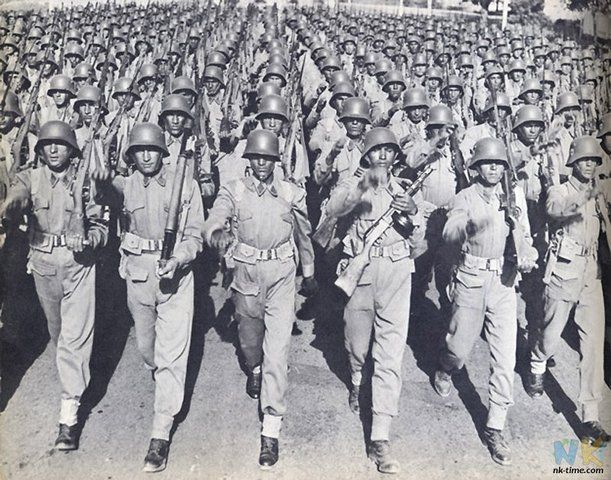
Comments
Post a Comment